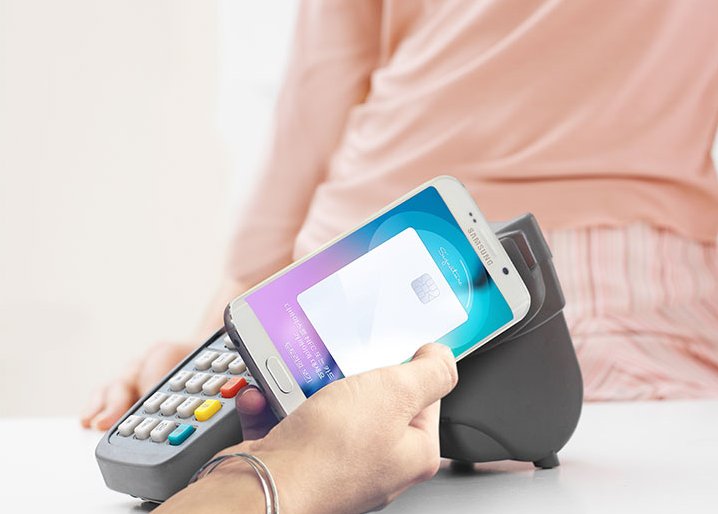A representative for the research group confirmed to Ars that overlap rates for people with Samsung Pay and Android Pay were high, and 13 percent of the people they surveyed had both an iPhone 6 and an Android phone capable of running Android Pay. On average, users of a “Pay” app had 1.7 such apps installed on one or more phones.
These numbers could end up being good news for the latecomers–that is, as long as Android and Samsung continue to track with Apple's payment product. “The six-month adoption rates of Android Pay and Samsung Pay are roughly on a par with that of Apple Pay over its first six months in market,” Phoenix Marketing wrote in a presentation of its survey results.
Phoenix has
measured use and
user satisfaction in
previous surveys, but in this most recent one it also tried to measure general awareness of the payment apps. “Most credit cardholders (84 percent) have heard of the general concept permitting purchases executed through a smartphone as a replacement for using a plastic payment card,” the market research company wrote. “Samsung Pay, backed by significant marketing dollars, reached an awareness level of 57 percent—a higher figure than the Android Pay awareness figure of 49 percent.”
Interestingly, 67 percent of respondents had heard of Google Wallet, which was the first major mobile payments app on the scene back in 2011. But in 2014, the
company scrapped the tap-to-pay function, converted Google Wallet to a peer-to-peer payments app, and decided to rebuild its mobile payments app from the ground up, calling it Android Pay.
The survey also found that
Samsung's investment in Magnetic Secure Transmission (MST) isn't a significant factor in adoption of the company's Pay app. Samsung bought a startup called
LoopPay in early 2015 for its patent on MST technology, which transmits card information to older terminals that only accept magnetic stripe cards by creating a magnetic field similar to that of a mag stripe card as it's swiped. (Apple Pay and Android Pay must exclusively rely on the NFC, or Near-Field Communications, a standard that requires newer terminal equipment at the checkout counter.)
“Despite Samsung Pay’s real-world (MST) acceptance advantage, Samsung Pay users don’t report a subjective acceptance rating that’s substantially different than ratings reported by other app users,” the survey results said. “Samsung Pay users report that they use the NFC payment mode more often than the MST mode.”
These numbers are interesting because all three companies have made significant investments to get their Pay apps off the ground. US banks, too, have been eager to get in on mobile payments as the tap-to-pay function should theoretically, reduce the friction of having to carry and use a credit card, thus prompting users to spend more and generating more fees for banks to collect. But users have
struggled to find the benefit in using a Pay app as NFC terminals have tended to break down, or cashiers in stores are unsure how to help customers complete a transaction with the apps.
A recent survey from Auriemma Consulting Group echoed the results of Phoenix Marketing's survey, finding that
25 percent of "eligible users" have tried Apple Pay, Android Pay, or Samsung Pay. A recent Reuters report also added that Apple Pay in particular
has struggled with adoption outside the US, where banks are more resistant to sign on to the service, and entrenched competitors, like Alibaba and Tencent in China, have well-recognized mobile payments apps.
The challenge for all three apps, even years out from launch, is finding a way to show customers that they should use a Pay app every day. For now, the advantage doesn't seem big enough to be on the top of every smartphone user's mind.












